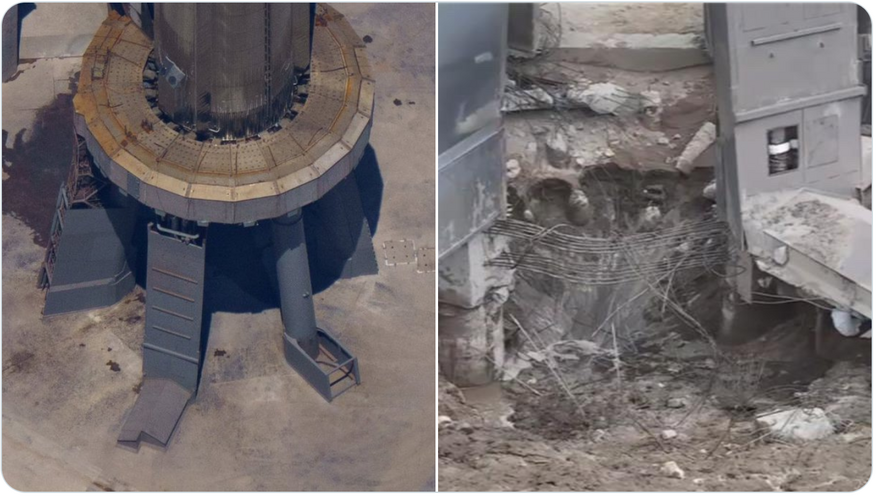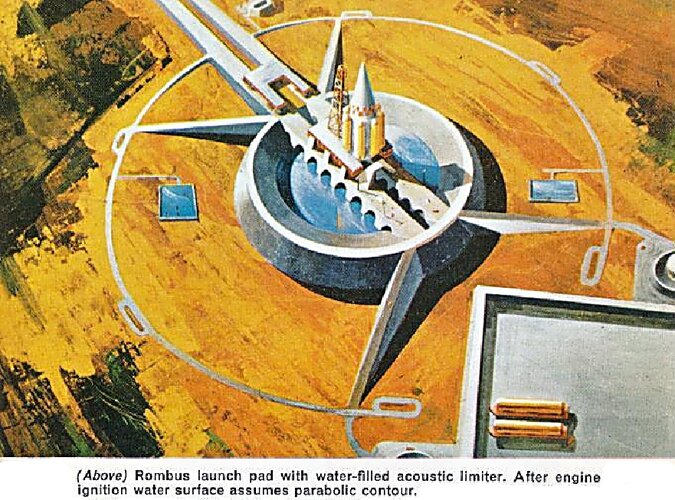Solids in space transportation truly are the devil's playground for a variety of reasons - for one, you can't terminate thrust as easily as with liquids
Because they keep going. Here, I might want to keep solids attached until after Starship is free and clear---keeping that first stage a little massy might be a good thing....the lighter SuperHeavy got---the worse the oscillations seemed to get in turn...that may have happened even if the stack didn't suffer from Peyronie's.
Once staging has taken place and Starship is away---then chunk the solids. They get you off that pad quick too.
But let's mark that off for now.
Parallel burn has an advantage in igniting (and confirming functionality of) all engines on the pad, but it may lead to the additional complication of propellant cross feed if the propellants are the same and shared across stages....
But he is going to have to learn to master cross-feed
anyway---and in orbit no less---for Starship to work as a depot, right?
He managed to avoid parallel staging with Falcon---but he can't here....
One way or the other, two large SpaceX cores are going to have to kiss and swap propellant.
Might as well learn now.
So if he doesn't want solids---and doesn't want to eat holes in the ground---then parallel staging it is?
Maybe he could have Starship like a giant Polyus if some of SuperHeavies engines are on outriggers underneath Starship---but by having both cores under their own power---maybe he is at least able to stage and save one booster?
Easier to turn loose from the side.
as a theoretician I prefer parallel staging for a variety of reasons
No interstage to stove in. Crimp everything up top---no engines hidden....walk up to both sets of engines with a flashlight---stage separation hardware as far from the engines as you can get.
Elon Musk doesn't know it yet---but he isn't building N-1.
He's building Shuttle 2.
. But seriously, I'm just not a fan of gaslighting. My point was to illustrate that there are oodles of topics that reasonable people can disagree on, but that there are also centillions of issues where that is not the case. Both election denialism and declaring a mid air explosion a successful launch vehicle mission firmly fall in the latter category.








